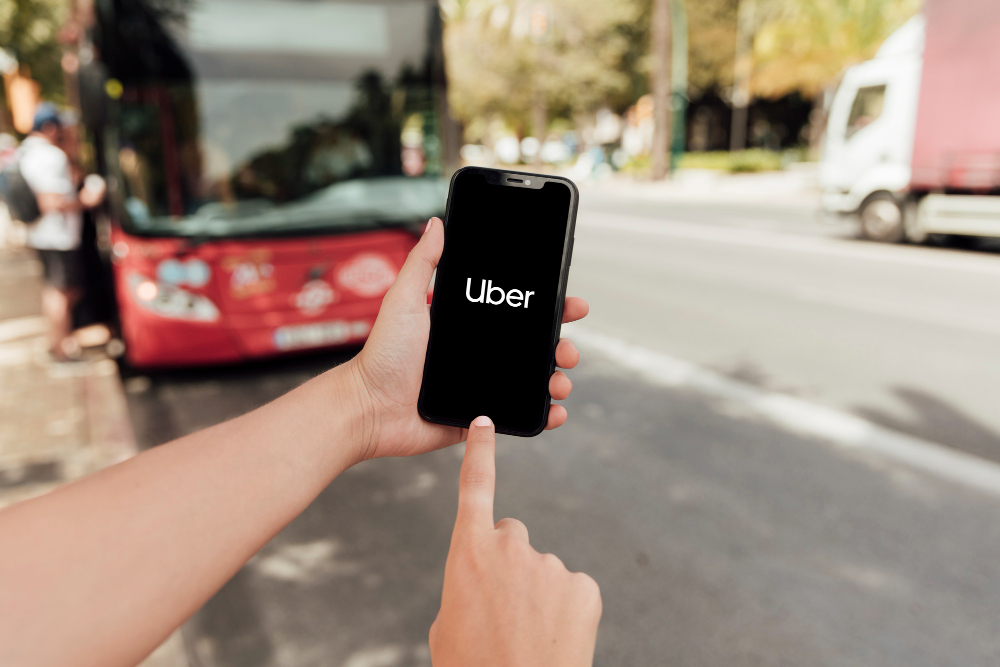The transportation industry has undergone massive changes in the past decade, driven by the rise of digital platforms and on-demand services. While Uber pioneered this shift, a new wave of Uber clone startups is taking the model further—challenging traditional taxi services, local transport providers, and even public transit in some areas.
These startups are not simply copying a successful business model; they are adapting it to local needs, introducing new features, and creating competitive pressure that forces the entire transport ecosystem to evolve. This article explores how Uber clone startups are disrupting traditional transport, the reasons behind their rapid growth, and what this means for the future of mobility.
The Rise of Uber Clone Startups
When Uber introduced app-based ride-hailing, it revolutionized how people booked and experienced transport. However, creating such a platform from scratch is expensive and time-consuming. Uber clone solutions emerged as a faster, more affordable way for entrepreneurs to enter the market.
These ready-made platforms replicate Uber’s core functionality—such as GPS tracking, multiple payment options, and driver-passenger communication—while allowing for customization. Startups can tailor them to specific cities, cultural preferences, and regulations, giving them an edge over one-size-fits-all global players.
Why They’re Disrupting the Status Quo
Traditional transport systems, particularly taxi services, often relied on fixed pricing, limited booking methods, and minimal technology integration. Uber clone startups challenge this with an entirely different approach.
1. Technology-First Operations
With real-time booking, automated fare calculation, and driver tracking, these startups deliver a level of convenience that older systems struggle to match. Passengers can book, pay, and track rides without making a phone call or handling cash.
2. Transparent Pricing
Unlike many traditional taxis with meters that may vary by city, Uber clone apps show the estimated fare before booking. This transparency builds trust and encourages repeat use.
3. Expanded Service Options
Beyond standard car rides, many startups offer motorbike taxis, luxury vehicles, shared rides, and even electric vehicle options—providing more choice than most legacy transport providers.
4. Improved Driver Incentives
Clone platforms often offer better earning structures and more flexible working hours, attracting drivers away from traditional taxi fleets.
Key Features Driving the Disruption
Uber clone startups bring several features that directly compete with and outperform traditional transport offerings:
- GPS Navigation & Tracking: Ensures efficient routes and increases passenger safety.
- Cashless Payments: Reduces friction and speeds up transactions.
- Driver Ratings: Encourages professionalism and accountability.
- Ride History: Allows passengers to review past trips and receipts easily.
- Instant Notifications: Keeps passengers informed about driver arrival and ride status.
Impact on Traditional Transport Systems
The presence of Uber clone startups is having a profound effect on the traditional transport sector.
1. Competitive Pricing Pressure
With lower operational costs and dynamic pricing algorithms, clone startups can offer fares that are often cheaper than traditional taxis. This forces legacy operators to adjust their pricing models or risk losing customers.
2. Service Quality Upgrades
The ease of rating drivers and tracking rides has pushed many traditional taxi companies to modernize their operations, invest in mobile booking apps, and improve customer service.
3. Market Accessibility
Clone startups reach areas where traditional taxis were scarce, including suburban and rural locations. This increased accessibility disrupts the long-standing dominance of urban taxi operators.
4. Regulation Changes
The popularity of app-based transport has prompted governments to revise transport regulations, often requiring traditional providers to adopt similar technologies to remain competitive.
Benefits for Consumers and Drivers
The disruption caused by Uber clone startups has both consumer and driver advantages.
For Consumers:
- More ride options tailored to different budgets and preferences.
- Shorter wait times due to efficient driver-passenger matching.
- Increased safety with verified drivers and tracking features.
For Drivers:
- Flexible working hours and control over schedules.
- Direct access to ride requests without waiting at taxi stands.
- Opportunities to earn more through peak pricing and loyalty bonuses.
Challenges Faced by Uber Clone Startups
While they have significant advantages, Uber clone startups also encounter obstacles in competing with established transport providers.
- Regulatory Compliance: Licensing, insurance, and safety requirements vary across regions.
- Market Saturation: In cities with multiple ride-hailing services, attracting and retaining customers can be challenging.
- Technology Maintenance: Keeping apps updated, secure, and user-friendly requires ongoing investment.
- Driver Loyalty: High driver turnover can impact service reliability.
How Traditional Transport Is Fighting Back
Traditional transport providers are not standing still. Many are embracing technology, partnering with app developers, and adopting strategies inspired by ride-hailing platforms. For example:
- Launching their own booking apps.
- Offering fixed-rate rides for popular routes.
- Introducing loyalty programs and discounts.
- Modernizing fleets with cleaner, more comfortable vehicles.
While these changes may have been slow to come, competition from Uber clone startups has accelerated innovation in the traditional sector.
The Future of Mobility with Uber Clone Startups
Looking ahead, Uber clone startups are likely to play an even bigger role in shaping transport.
Integration with Electric Vehicles
Environmental concerns and government incentives are pushing ride-hailing companies to adopt electric and hybrid vehicles, creating cleaner and more sustainable services.
Multi-Service Platforms
Many clone startups are expanding beyond rides to include food delivery, courier services, and logistics within the same app.
AI-Driven Enhancements
Artificial intelligence will help optimize routes, predict demand, and provide personalized ride suggestions for passengers.
Autonomous Vehicles
Though still in early development, integrating self-driving cars into ride-hailing platforms could be the next big disruption.
Steps for Startups to Succeed in This Space
For entrepreneurs looking to launch their own Uber clone service and compete with traditional transport, success often comes down to strategy:
- Identify a Market Gap: Focus on underserved areas or specialized ride options.
- Localize the Platform: Adapt features, pricing, and payment methods to the local market.
- Build Trust: Prioritize safety, driver vetting, and transparent communication.
- Leverage Marketing: Use targeted campaigns to build awareness and attract early adopters.
- Innovate Continuously: Regularly update features to keep pace with user expectations and competitor offerings.
Conclusion
Uber clone startups are not just replicating a proven business model—they are reshaping the transportation industry. By combining technology, convenience, and market adaptability, they are breaking the traditional mold of how people book and experience rides.
While traditional transport providers still play a significant role, the pressure from these tech-driven services has forced them to innovate and improve. For consumers, this means better pricing, more options, and improved service quality. For startups, it represents a unique opportunity to enter a market that’s evolving faster than ever before.
As mobility continues to advance with electric vehicles, AI, and potentially autonomous cars, Uber clone startups are set to remain a key driver of disruption in the transport industry.

